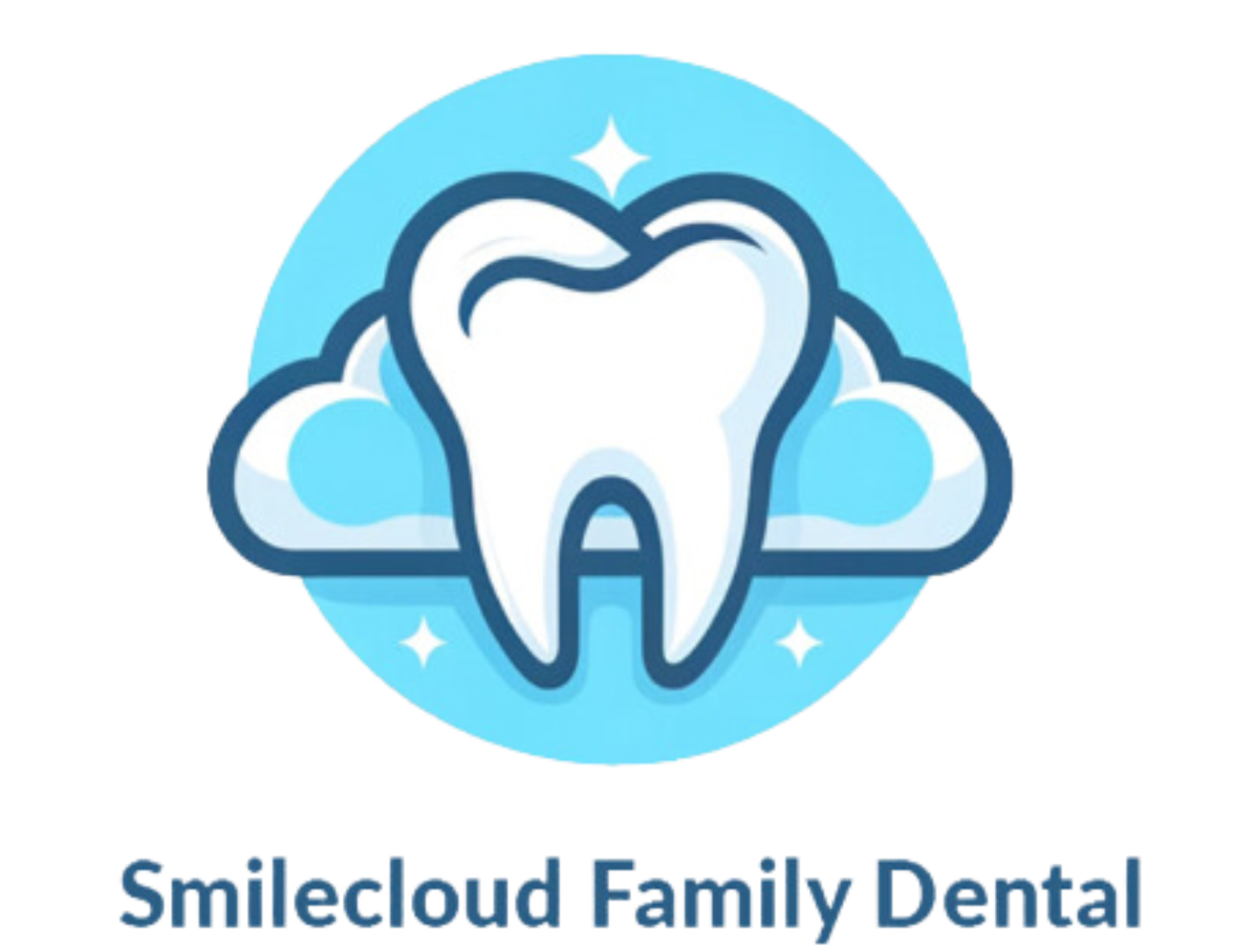A
smile is more than just a symbol of confidence—it’s a sign of good health. Yet, many people unknowingly live with dental issues that could affect their overall well-being. As a study from the National Health and Nutrition Examination Survey conducted between 2017 and 2020 pointed out, 21.3% of adults in the United States have untreated cavities or dental caries.
Failure to address such issues might result in other related complications that may lead to a dread – extraction of the teeth which may often be necessary to bring oral health back to normal. That is why it’s wise to find out as soon as possible whether these symptoms are signs of an upcoming tooth loss so that this problem does not adversely affect your appearance and remaining teeth.
Let’s look at the seven such signs that you need to know when to get a tooth extraction.
Why Is Tooth Extraction Important?
Tooth extraction is a surgical dental procedure that involves the pulling out of a tooth from its natural place in the gum. Extraction of tooth is considered to be the final step, which is responsible for preventing the spread of infection, the reduction of pain, and the preservation of teeth. When people have little control over their dental healthcare, timely tooth extraction helps them avoid complications in the future. It is important in order to make the right decisions for better treatment of the condition.
Top 7 Signs You Might Need a Tooth Extraction
Check out these seven common signs that you should keep an eye on to know when is the right time to get a tooth extraction:
1. Overcrowded Teeth
Overcrowding of teeth happens when there isn’t enough space in your jaw for all your teeth to fit properly. This causes the teeth to overlap, twist, or get pushed out of alignment. Overcrowding can make it harder to clean your teeth, increasing the risk of cavities and gum disease, and may require treatments like braces or even tooth extraction to create more space. In such cases, extraction of tooth is often recommended to create space for better alignment or orthodontic treatments.
2. Wisdom Teeth Troubles
Impacted or partially erupted wisdom teeth are common culprits of pain and swelling. Surgical tooth extraction is typically required to avoid further complications like infections or cyst formation.
3. Severe Tooth Damage
Teeth damaged by trauma or accidents may be irreparable. If restorative options fail, tooth extraction becomes necessary to prevent infection and promote tooth extraction healing.
4. Advanced Gum Disease
Periodontitis, a severe form of gum disease, weakens the bone structure holding your teeth. Extraction of a loose or unstable tooth may be the best option to preserve neighboring teeth and gums.
5. Highly Fractured Tooth
A tooth fractured below the gum line is challenging to restore. In such cases, surgical tooth extraction is advised to prevent infection and discomfort.
6. Extensive Tooth Decay
Untreated cavities can destroy the structure of a tooth, making it non-restorable. Extraction prevents the spread of decay to adjacent teeth and promotes faster tooth extraction recovery.
7. Persistent Pain or Swelling
Ongoing pain or swelling, despite treatment, could indicate deep-rooted problems like abscesses. Extraction ensures relief and prepares the area for possible dental implants.
Extraction of Tooth: What Happens During the Process?
The teeth are removed under local anesthesia to minimize patient discomfort. In complicated situations, further surgical tooth extraction might be needed with the help of incisions.
- Preparation and Anesthesia: The dentist makes a local block to reduce the pain that the patient undergoes during the process.
- Simple vs. Surgical Extraction: For a simple extraction, the tooth is pulled out without any difficulties. In complicated cases, a surgical extraction may be done where some form of an incision is made to get to the tooth.
- Tooth Removal: The tooth is then removed with clean and disinfecting tools to avoid bacterial accumulation on the tooth.
- Socket Cleaning: The dentist will normally wash the socket, thus checking for debris and also clearing the area to allow the formation of blood clots.
- Post-Procedure Guidance: Teaching includes the provision of guidelines that a dentist offers to a patient after tooth extraction, for instance, avoiding diet plans.
- Healing Period: Healing of the extracted tooth requires a couple of days depending on the practices that the patient takes after the surgery.
Preventing Tooth Extractions: Tips for Healthy Smile
It’s important to know that many factors can be controlled to minimize the chances of a tooth extraction. Here are some tips on how to maintain excellent oral health or do things to avoid after tooth extraction:
Maintain Good Oral Hygiene
You should daily brush your teeth with fluoride-containing toothpaste in the morning and before going to bed in the evening. You should also floss to clear plaque and food debris. It alone helps protect against tooth decay and gum disease, which are the two major reasons for the extraction of tooth.
Adopt a Balanced Diet
Restrict foods that frail your teeth and cause tooth decay such as those high in sugar and acid content. Instead include foods that are rich in calcium such as milk, cheese, or spinach, which makes teeth stronger. Try foods that have fibers such as apples and carrots, which have a naturally cleansing effect on the teeth.
Quit Smoking and Tobacco Use
Smoking damages your immune system so it cannot fight the infection and also slows the healing process after dental work. They contribute to periodontal disease, and this will require tooth extraction.
Use Protective Gear
If you participate in contact sports or activities with a risk of facial injury, wear a mouthguard. This simple step prevents fractures or other trauma that might lead to surgical tooth extraction.
Address Dental Problems Promptly
Don’t ignore dental pain, swelling, or sensitivity. Early intervention for cavities, cracks, or gum inflammation through professional dental services can save your tooth and prevent the need for extraction.
Conclusion
While tooth extraction might seem daunting, it’s often the best solution for persistent dental problems. With advancements in dental care, the process is now more comfortable, answering common concerns like “Is tooth extraction painful?” or “How long is tooth extraction recovery?” Always prioritize proper aftercare and avoid hard foods or smoking—essential things to avoid after tooth extraction. Though the cost of tooth extraction may vary, investing in oral health today can save you from bigger challenges tomorrow.
FAQs
Does tooth extraction hurt?
The tooth extraction procedure is usually painless as it’s done under local anaesthesia. Mild discomfort may occur during recovery, which can be managed with medication and aftercare.
How long is the tooth extraction recovery time?
Recovery of the gum usually lasts 7-10 days, depending on the level of severity of the scaling procedure and your personal hygiene.
Can I eat after an extraction?
Yes, but for the initial 24 to 48 hours try to take softly processed foods such as yogurt, soups, and mashed potatoes. No rough, spicy, or hot foods should be taken for proper healing to take place.
Will I need a replacement tooth?
For purposes of aesthetics or functionality, one may have to undergo more procedures such as implants, bridges, or dentures after the healing process has been completed.
What happens if I avoid extraction?
Delayed tooth extraction can result in the formation of a gum abscess, severe and unrelenting toothache, and destruction of adjacent teeth or gums.
What is the cost of tooth extraction?
The cost of surgery depends on the place, complexity, and kind of procedure simple or surgical. Connect SmileCoud Family Dental and get a quotation for your tooth extraction.




